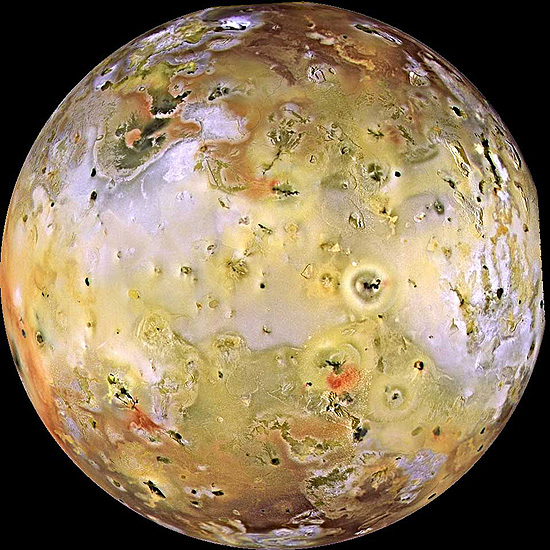Here are some beautiful space photos and videos that have been posted on the Internet recently. Enjoy!

The European Southern Observatory’s (ESO) Very Large Telescope has captured an intriguing star-forming region in the Large Magellanic Cloud — one of the Milky Way’s satellite galaxies. This sharp image reveals two distinctive glowing clouds of gas: red-hued NGC 2014, and its blue neighbour NGC 2020. While they are very different, they were both sculpted by powerful stellar winds from extremely hot newborn stars that also radiate into the gas, causing it to glow brightly.
The Large Magellanic Cloud (LMC) is actively producing new stars. Some of its star-forming regions can even be seen with the naked eye, for example, the famous Tarantula Nebula. However, there are other smaller — but no less intriguing — regions that telescopes can reveal in intricate detail. This new VLT image explores an oddly mismatched pair: NGC 2014 and NGC 2020.
The pink-tinged cloud on the right, NGC 2014, is a glowing cloud of mostly hydrogen gas. It contains a cluster of hot young stars. The energetic radiation from these new stars strips electrons from the atoms within the surrounding hydrogen gas, ionising it and producing a characteristic red glow.
The LMC is only about 163 000 light-years from our galaxy, the Milky Way, and so is very close on a cosmic scale. This proximity makes it a very important target for astronomers, as it can be studied in far more detail than more distant systems. It was one of the motivations for building telescopes in the southern hemisphere, which led to the establishment of ESO over 50 years ago.
Although enormous on a human scale, the LMC contains less than one tenth of the mass of the Milky Way, and spans just 14 000 light-years — by contrast, the Milky Way covers some 100 000 light-years. Astronomers refer to the LMC as an irregular dwarf galaxy; its irregularity, combined with its prominent central bar of stars, suggests that interactions with the Milky Way and another nearby galaxy, the Small Magellanic Cloud, could have caused its chaotic shape.
Click here for more information.
Featuring an array of scenes from the North American landscape, Eye of the Beholder is a short film that encourages the viewer to shed previous conceptions and ideas about the world, and to return to a place of wonderment and awe.
Shot on location in the High Sierra Nevada, Canadian Rockies and Southern Appalachians.

Like the downtown area of your favorite city and any self-respecting web site … Io’s surface is constantly under construction. This moon of Jupiter holds the distinction of being the Solar System’s most volcanically active body — its bizarre looking surface continuously formed and reformed by lava flows. Generated using 1996 data from NASA’s Galileo spacecraft, this high resolution composite image is centered on the side of Io that always faces away from Jupiter. It has been enhanced to emphasize Io’s surface brightness and color variations, revealing features as small as 1.5 miles across. The notable absence of impact craters suggests that the entire surface is covered with new volcanic deposits much more rapidly than craters are created. What drives this volcanic powerhouse? A likely energy source is the changing gravitational tides caused by Jupiter and the other Galilean moons as Io orbits the massive gas giant planet. Heating Io’s interior, the pumping tides would generate the sulfurous volcanic activity.
– Source: NASA’s Astronomy Picture of the Day